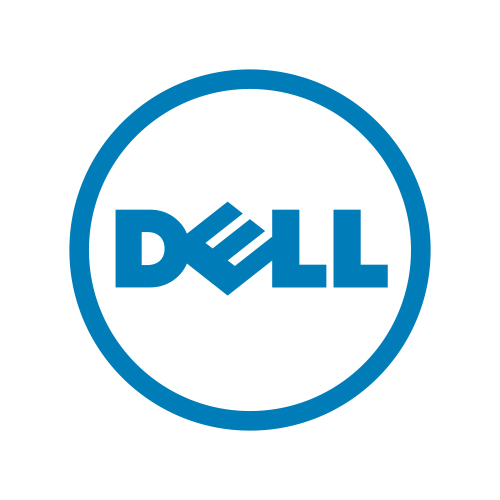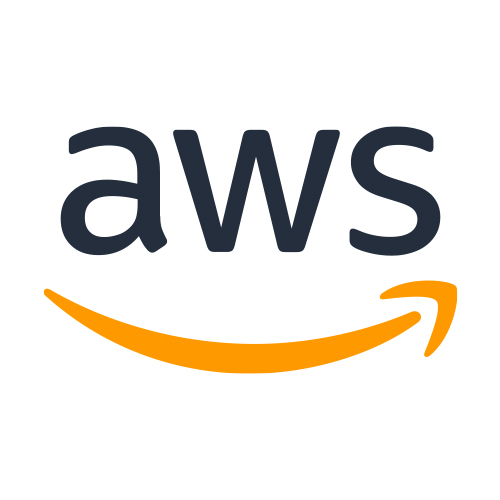The rapid shift to remote work has presented numerous opportunities for businesses to enhance flexibility and productivity. However, it has also brought new challenges, especially in the realm of cybersecurity. As more employees work from various locations outside of traditional office environments, the risk of data breaches, cyberattacks, and security vulnerabilities has increased. IT services play a critical role in boosting remote work security by providing robust solutions to protect sensitive information, ensure secure access, and maintain overall operational integrity. In this article, we explore the role of IT in enhancing remote work security and discuss key strategies that organizations can implement to safeguard their remote workforce.

The Growing Importance of Remote Work Security
Remote work has become a permanent fixture in many organizations, with some even transitioning to fully remote or hybrid work models. As of 2025, the number of remote workers worldwide is projected to continue increasing, making cybersecurity a top priority for businesses. The use of personal devices, unsecured networks, and cloud-based services has expanded the potential attack surface for cybercriminals. With employees connecting to corporate networks from various locations, IT services have become indispensable in creating secure, accessible, and efficient remote work environments. Without proper IT security measures, businesses expose themselves to the risk of data theft, ransomware attacks, and unauthorized access to sensitive business information. In this context, IT solutions are necessary not only to protect corporate assets but also to ensure business continuity and mitigate the risk of costly security breaches.VPNs: A Foundation for Remote Work Security
A Virtual Private Network (VPN) is one of the most commonly used IT solutions for securing remote work. VPNs create a secure, encrypted tunnel between the employee’s device and the company’s network, ensuring that sensitive data is protected from external threats while in transit. This is particularly crucial for remote workers who often connect to public Wi-Fi networks, which are more vulnerable to hackers. By using a VPN, remote workers can safely access internal company resources, share files, and communicate with colleagues without risking exposure to cyberattacks. IT professionals configure VPNs to align with the organization’s security protocols, ensuring a seamless and secure connection for remote employees. The implementation of a VPN is a fundamental step for any organization looking to secure its remote workforce.Multi-Factor Authentication (MFA) for Stronger Access Control
Multi-factor authentication (MFA) is a security method that requires users to provide two or more verification factors before accessing their accounts or systems. This significantly reduces the risk of unauthorized access, even if an employee’s login credentials are compromised. For remote workers, MFA is a crucial layer of security, especially when accessing sensitive company data. IT services enable businesses to implement MFA across various platforms, including email, cloud applications, and internal systems. Employees may be required to verify their identity through methods such as text messages, email confirmations, or biometric scans in addition to entering their passwords. This extra step helps protect against brute-force attacks and ensures that only authorized personnel can access critical systems.Endpoint Security to Protect Devices
Endpoint security refers to the protection of remote devices such as laptops, smartphones, and tablets that employees use to access corporate networks. Since remote workers are often on the go and using multiple devices, securing these endpoints is crucial to preventing cyber threats. Without proper endpoint security, devices become vulnerable to malware, phishing attacks, and data breaches. IT services deploy a variety of tools to secure remote devices, including antivirus software, firewalls, and encryption tools. These measures help detect and block malicious activity, safeguard data, and ensure that only authorized devices can connect to the company’s network. Endpoint security also involves regular software updates and patches to fix vulnerabilities that could be exploited by cybercriminals.Cloud Security for Safe Data Storage and Access
The use of cloud-based services has become increasingly common for remote teams, offering flexible and scalable storage solutions that can be accessed from anywhere. However, storing data in the cloud also introduces security challenges, as cloud environments are prime targets for cyberattacks. IT services help businesses implement strong cloud security measures, such as encryption, access controls, and regular security audits. Cloud providers typically offer robust security features, but it is important for businesses to ensure that their cloud infrastructure is configured correctly and that remote employees follow best practices for securing their accounts. For example, IT teams can set up access controls to restrict who can view or modify sensitive information, ensuring that only authorized employees can access certain files or resources. Additionally, encrypting data both at rest and in transit adds an extra layer of protection, ensuring that even if data is intercepted, it remains unreadable.Employee Training and Awareness Programs
While IT solutions are crucial for remote work security, human factors often remain the weakest link in cybersecurity. Employees who are unaware of best practices for securing their devices or recognizing phishing attempts can inadvertently compromise sensitive information. IT services play a vital role in providing training and awareness programs to ensure that remote workers understand the risks and responsibilities associated with cybersecurity. Training programs may cover topics such as recognizing phishing emails, using strong and unique passwords, enabling MFA, and safely accessing company resources from public networks. By educating remote workers, businesses can significantly reduce the likelihood of successful cyberattacks and ensure that employees follow security protocols to protect company data.Regular Security Audits and Vulnerability Assessments
In the ever-evolving landscape of cybersecurity, it is important for organizations to regularly assess the effectiveness of their security measures. IT services offer security audits and vulnerability assessments to identify potential risks and weaknesses in an organization’s infrastructure. These audits help detect outdated software, misconfigurations, or other security gaps that could be exploited by cybercriminals. By conducting regular security audits, businesses can stay proactive in addressing emerging threats and ensuring that their remote work security measures are up to date. IT teams use these assessments to improve security protocols, patch vulnerabilities, and implement additional safeguards to protect remote workers and company data.






